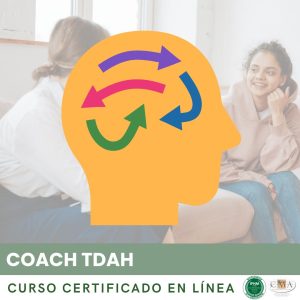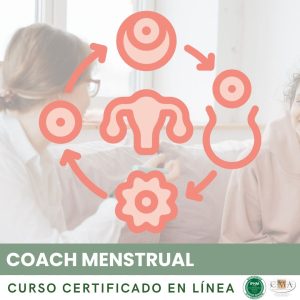
Adapting exercises and activities to the profile of participants is a critical skill for any laughter therapy facilitator. The objective is to take into account the specifics of each group to offer customised content, meeting the needs and expectations of everyone. The aim is to foster inclusion, active participation, and overall well-being regardless of age, physical condition, personality, or culture.
To this end, the facilitator must first gather information about the participants before the session. This can be done through a preliminary questionnaire, a conversation with the organizers or an informal discussion at the beginning of the meeting. It’s essential to know the age range, fitness level, possible physical or psychological limitations, previous laughter experiences, and any other relevant data.
From this information, the facilitator can select and adapt exercises from his repertoire. For instance, with a senior audience, he would lean towards gentle activities, seated or in a circle, ensuring a gradual warm-up and clear instructions. With children, he will use more play, imagination, and bodily expression, with short and varied exercises to channel their energy.
The facilitator can also create variations of the same exercise to suit the different levels within the group. So, during a laughter in motion exercise, he can offer a more dynamic version for the fittest participants, and a more moderate one for those who need to be easy on their breath or joints. The important thing is that everyone can participate at their own pace and feel comfortable.
Taking into consideration personalities and preferences is also crucial. Some participants will be comfortable with extroverted exercises and physical contact, others may be more reserved or modest. The facilitator ensures to respect the consent and boundaries of each individual, never forcing or insisting. He can offer alternatives for those who don’t want to engage in an exercise, such as the option to observe or practice from afar.
The cultural dimension is another aspect to consider, especially with international or multicultural groups. The facilitator should be sensitive to differences in codes, norms, and senses of humor. What may cause laughter in one culture, may be seen as shocking or inappropriate in another. Therefore, it’s important to favour universal exercises, based on natural and spontaneous laughter, rather than jokes or cultural references.
Beyond the exercises themselves, the facilitator also adapts his stance and communication depending on the profile of the participants. With a shy audience or those unfamiliar with personal development, he’d adopt a more progressive and reassuring approach, taking the time to explain the benefits of each exercise. With an already experienced group, he could be more direct and propose more intense challenges.
Being flexible and creative are essential to adapt in real-time to the participants’ reactions. If an exercise is not successful or encounters resistance, the facilitator can quickly switch by proposing another activity. He listens to verbal and non-verbal feedbacks to constantly adjust his facilitation. His goal is for everyone to leave feeling they’ve had a positive and enriching experience at their level.
Finally, the facilitator can customize some exercises according to the participants’ interests or issues. For example, with a group of stressed professionals, he’ll orient positive visualizations towards work situations. With patients suffering from chronic Diseases, he’ll suggest laughter exercises specifically adapted to their symptoms and treatments.
In conclusion, adapting exercises and activities according to the profile of participants is a customized and caring approach that requires finesse, empathy, and flexibility from the facilitator. By considering the age, physical condition, personality, and culture of each person, he ensures laughter is accessible and beneficial to everyone, without exception. This skill is at the heart of the ethical and inclusive posture of a laughter therapist.
Key Takeaways:
– Adjusting exercises to participants’ profiles is crucial for a laughter therapy facilitator. The goal is to offer tailored content that addresses everyone’s needs.
– The facilitator must gather information about participants’ ages, physical conditions, personalities, and cultures in advance.
– Based on this, he selects and adapts exercises from his repertoire, creating variations to accommodate different levels.
– The facilitator ensures to respect everyone’s consent and boundaries, offering alternatives if needed. He’s sensitive to cultural differences in humor.
– Beyond exercises, he adapts his stance and communication to the group. He shows flexibility to constantly adjust his facilitation.
– The ultimate goal is to make laughter accessible and beneficial to all, in a caring and inclusive approach central to the profession’s ethics.
👉 To download docx (Editable) file click here : Click here
👉 To download PDF file click here : Click here
👉 To download MP3 file click here : Click here




